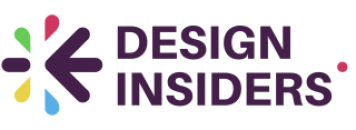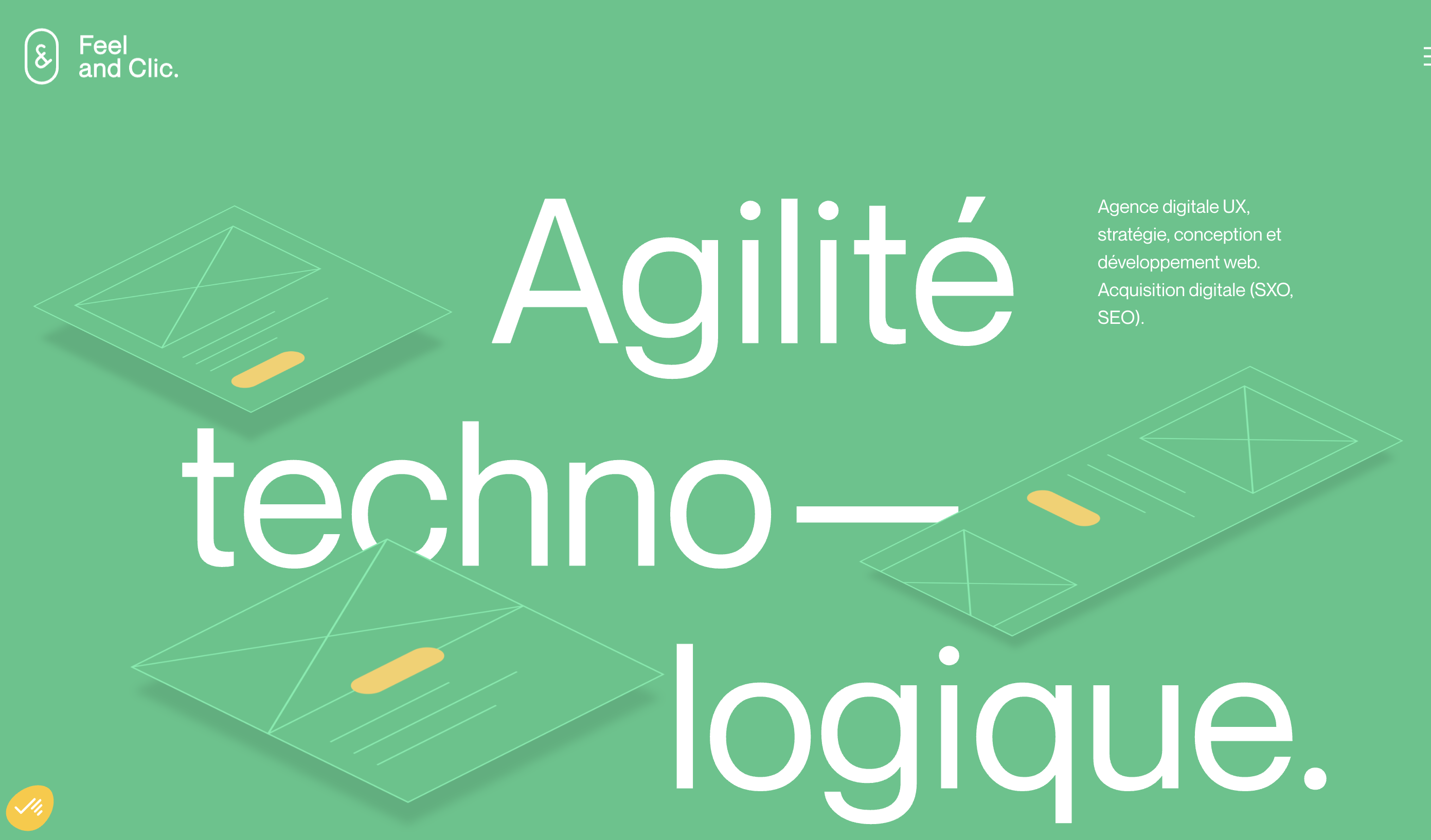
Understanding Interactive Design
Defining the Essence of Interactive Design
Interactive design is more than a buzzword in today's digital landscape — it's a fundamental aspect of how we engage with digital products. At its core, it focuses on creating digital environments that not only deliver information but also foster engaging experiences for users. Unlike static designs, interactive design is dynamic, ensuring users actively participate rather than passively consume. Interactive design comes to life through the seamless blend of aesthetics and functional elements. It encompasses numerous facets, from the immediate feedback received when clicking a button to the intricate animations that enhance user journeys. These interactions serve not only to make digital products appealing but to improve usability and accessibility as well. The effectiveness of interactive design relies heavily on several factors:- User Interface (UI): The visual components that users interact with must be intuitive and inviting. A well-crafted UI guides users effortlessly, enabling a smooth navigation experience.
- User Experience (UX): Beyond appearance, UX focuses on the overall feel of the interaction. It requires a deep understanding of user’s needs and behaviors to create memorable and satisfying experiences.
- Microinteractions: These are small moments where a user and design interface interact. Fine-tuning these can elevate a design from merely functional to enchanting.
The Role of User Experience in Interactivity
Enhancing User Experience through Interactivity
In the realm of design, interactivity is more than just a buzzword. It is a fundamental component that shapes the user experience (UX). When we talk about interactive design, we are referring to the way users engage with digital products, whether through a website, an app, or any other form of interactive media. The goal is to create a seamless interaction that feels intuitive and engaging.
Interactivity refers to the quality of communication between the user and the product. This communication can be enhanced by understanding the different levels of interaction that users expect. For example, a website might use JavaScript to provide real-time feedback, making the experience more dynamic and responsive. This is where the concept of interactive learning comes into play, allowing users to learn and adapt as they interact with the content.
One of the key aspects of enhancing UX through interactivity is understanding the human element. Designers must consider how people naturally interact with digital interfaces and strive to make these interactions as intuitive as possible. This involves not only the visual design but also the text and media elements that guide users through the experience.
For those looking to delve deeper into how interactivity can revolutionize user experience, exploring the fascination of augmented reality offers valuable insights. This technology exemplifies how virtual reality and other advanced tools can elevate the quality of interactive experiences.
Ultimately, the role of UX in interactivity is to ensure that every interaction feels meaningful and contributes to a positive overall experience. By focusing on the needs and expectations of users, designers can create interactive web experiences that are not only functional but also enjoyable.
Challenges in Creating Interactive Designs
Mastering the Complexities of Interactive Features
Creating interactive designs is a dynamic and evolving challenge in the design industry. While the potential to create groundbreaking user experiences is vast, there are several obstacles designers encounter in this creative endeavor.- Balancing Interactivity and Usability: Achieving the right mix between sophisticated interactive elements and user-friendliness is crucial. An overwhelming design may confuse users, especially if they cannot navigate easily or find the functionality they seek. The integration of sensory elements can enhance yet complicate the simplicity of user interactions.
- Technical Restrictions: Interactive design often demands advanced coding skills and technical resources. These limitations can hinder creativity, as some interactive concepts may require tools beyond a team's technical reach.
- Testing and Iteration: Crafting successful interactive designs often necessitates rigorous testing processes. Multiple iterations ensure that interactive features achieve the desired impact without unnecessary complexity or errors. This process is resource-intensive and can consume significant time and effort.
- Consistency Across Platforms: Ensuring seamless interaction across various devices and platforms is essential. A feature that performs well on a desktop might not translate effectively to mobile, thus compromising user experience. Designers need to prioritize adaptability.
Tools and Technologies for Interactive Design
Embrace Cutting-Edge Software and Platforms
Interactive design is no longer a niche area limited to advanced coding skills; it's become much more accessible due to various tools and technologies. Today, designers can harness a plethora of cutting-edge software to revolutionize their workflow, creating engaging and dynamic user experiences.
- Prototyping Tools: Applications like Figma, Adobe XD, and Sketch have streamlined the design process. They enable the creation of interactive prototypes, which bridge the gap between design and development, ensuring a seamless translation of ideas.
- Animation Libraries: Leveraging animation frameworks such as GSAP (Greensock Animation Platform) and Framer Motion can add life to your project. These tools offer robust solutions for crafting sophisticated animations that enhance user engagement.
- Code-Free Platforms: Platforms like Webflow empower designers to create stunning web designs without writing a single line of code. This democratization allows creatives to focus on aesthetics and usability rather than technical hurdles.
Optimize Analytics for Better Insights
The evolution of interactive design has highlighted the necessity of understanding user interaction. Advanced analytics tools can provide critical insights into user behavior, allowing designers to make informed decisions.
- Heatmaps: Tools like Hotjar and Crazy Egg offer visual representations of user interactions, showcasing where users click and scroll the most. This information is invaluable for refining design elements.
- User Testing Platforms: Usability platforms, such as UserTesting and Lookback, give designers access to real-time feedback from users. This data can improve design by emphasizing user-centric adjustments.
Incorporate Emerging Technologies
As technology continues to advance at a rapid pace, integrating the latest innovations can set your design apart.
- Augmented Reality (AR): Despite its complexity, integrating AR into designs offers an immersive experience that engages users in novel ways. Toolkits like ARKit and ARCore facilitate this integration.
- Voice User Interface (VUI): With the increased use of voice-activated devices, embedding voice interaction within designs can enhance accessibility and interactivity.
Advancements in interactive design tools and technologies not only simplify the creation process but also push the boundaries of possible design outcomes. As you explore these resources, remember that the ultimate goal is to create a meaningful and intuitive user experience.
Case Studies of Successful Interactive Designs
Case Studies Illuminating Interactive Design Success
The world of interactive design continually showcases exemplary projects that push the boundaries of technology, creativity, and user engagement. These case studies not only highlight the significance of interactive elements but also demonstrate how effectively they can be integrated into different types of design projects. Here’s a look into some impactful examples:- Retail Experience: Interactive kiosks in retail environments have transformed how consumers engage with brands. By leveraging touch interfaces and personalized content, businesses have enhanced the shopping experience, leading to increased customer satisfaction and sales. For instance, implementing interactive displays allows users to virtually try on products or explore product features in a dynamic way, ensuring a more enriched shopping journey.
- Educational Platforms: The education sector has seen a remarkable evolution with interactive e-learning platforms. By utilizing gamified elements and responsive interfaces, these platforms cater to various learning styles, making education more accessible and enjoyable. The introduction of interactive quizzes, simulations, and feedback loops has improved learner engagement and retention, providing a more immersive educational experience.
- Healthcare Innovations: Interactive applications in healthcare, such as patient portals and health monitoring apps, have transformed patient-caregiver interactions. These tools offer personalized health information, real-time data feedback, and even predictive analytics, empowering users to take proactive control of their health. As an example, interactive infographics and user-friendly dashboards make complex medical information digestible, aiding in better decision-making.
- Entertainment Sector: Virtual reality experiences in gaming and virtual storytelling have become pivotal in the entertainment industry. Interactive design here manifests through immersive environments where the user is an active participant, altering narratives based on their choices. This adaptability not only boosts engagement but also enhances the emotional connection viewers feel with the content.
Future Trends in Interactive Design
Upcoming Innovations Shaping Tomorrow's Interactive Landscapes
As we look ahead, the trajectory of interactive design is influenced by several key trends. These innovations promise to reshape how we think about user interfaces, creating a more engaging and personalized experience.- Augmented Reality (AR) and Virtual Reality (VR): As our understanding of AR and VR technologies evolves, their integration into interactive design will only deepen. This trend has the potential to offer immersive experiences that blur the line between the digital and physical worlds. Interactive design can enhance user engagement by offering unique experiences not possible with traditional 2D interfaces.
- Artificial Intelligence (AI) and Machine Learning: These technologies are rapidly becoming essential in interactive design processes. AI can provide more personalized experiences by analyzing user behavior and adapting content dynamically. With machine learning, interactive features can become smarter, predicting user needs and enhancing the user journey.
- Voice User Interface (VUI): As voice-activated devices grow in popularity, interactive design must accommodate VUIs. This technology allows for a hands-free experience, presenting a new way for users to engage with products and services.
- Haptic Feedback: While common in mobile devices, haptic feedback is becoming more sophisticated. Designers are exploring ways to integrate tactile responses in other devices, enriching the interaction by giving users physical experiences in response to digital actions.















